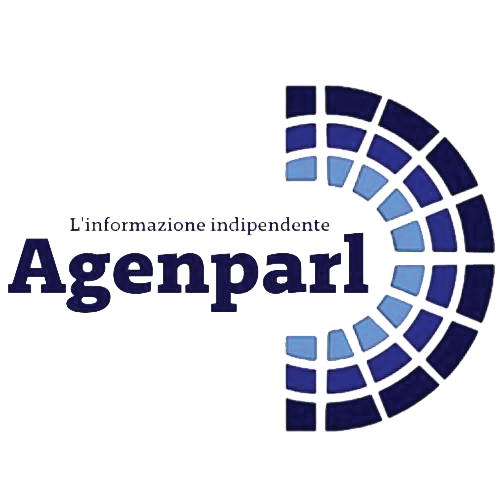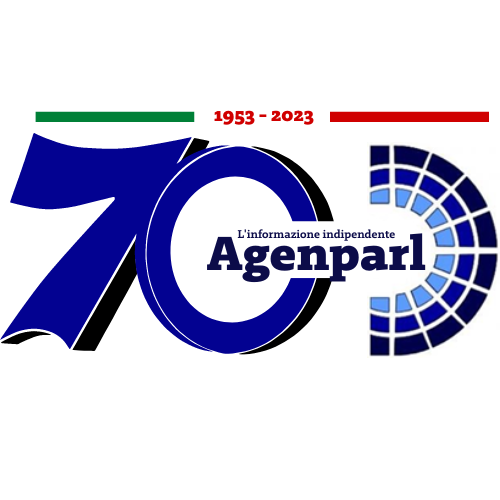 (AGENPARL) - Roma, 20 Settembre 2025
(AGENPARL) - Roma, 20 Settembre 2025(AGENPARL) – Sat 20 September 2025 A weekly compendium of media reports on science and technology achievements
at Lawrence Livermore National Laboratory. Though the Laboratory reviews
items for overall accuracy, the reporting organizations are responsible for
the content in the links below.
LLNL Report, Sept. 19, 2025
This image captures a small section of Rubin Observatory’s view of the
Virgo Cluster. (Image: NSF–DOE Vera C. Rubin Observatory)
Rubin at work
https://www.independentnews.com/news/livermore_news/rubin-observatory-excites-scientists-around-the-world/article_418b38f9-9b55-4e36-bfb0-aed00871ef9e.html
The Vera C. Rubin Observatory team in northern Chile finished installation of
the giant Legacy Survey of Space and Time (LSST) camera in the 8.4-meter
diameter Simonyi Survey Telescope in March. The project had involved
researchers at Lawrence Livermore National Laboratory (LLNL) since 2001.
The purpose of the camera is to take images of the Southern Hemisphere sky
every night for 10 years. The effort will teach scientists more about dark
matter and dark energy. It will also allow scientists to map the Milky Way
and inventory objects, including asteroids, in the solar system.
“Over decades, Lawrence Livermore has established expertise in building
large optics in support of the National Ignition Facility (NIF),” said
Vincent Riot, project manager at LLNL from 2016 to 2023. Like the LSST
camera, NIF required very large mirrors and optics that were extremely
precise and required special mounting.
Read More
https://www.independentnews.com/news/livermore_news/rubin-observatory-excites-scientists-around-the-world/article_418b38f9-9b55-4e36-bfb0-aed00871ef9e.html
QuantaLife was sold to Bio-Rad, and many of its employees went on to start
their own companies.
Building biotalent in the Tri-Valley
https://www.bizjournals.com/sanfrancisco/news/2025/09/16/tri-valley-life-sciences-innovation.html
Within the Bay Area, the Tri-Valley has emerged as a powerhouse for life
sciences. Its deeply rooted innovation ecosystem has created an environment
that attracts high-growth companies in the industry, which, in turn, sparks
early-stage startups. Here, it rarely takes six degrees of separation to find
a connection.
Lawrence Livermore National Laboratory (LLNL) and Sandia National
Laboratories are significant contributors, launching new technologies for
commercialization and developing a pipeline of talent with specific
expertise.
Bill Colston is an example of the laboratory’s impact on the Tri-Valley’s
life sciences ecosystem. Colston founded QuantaLife, building on research and
development work he did directing a biologic and chemical defense program at
LLNL.
Klint Rose worked on the foundational technology for QuantaLife under Colston
at LLNL and went on to cofound Purigen Biosystems.
“The labs have put so much energy into building systems around biosecurity
that this talent pool existed,” Rose said of his choice to start Purigen in
Pleasanton.
Read More
https://www.bizjournals.com/sanfrancisco/news/2025/09/16/tri-valley-life-sciences-innovation.html
Seismic science improves the nation’s ability to monitor nuclear explosions
and allow researchers to better define active faults where small earthquakes
may occur.
Seismic science does double duty
For her dissertation, Louisa Barama worked on ways to characterize seismic
events like tsunamigenic and deep earthquakes in near real time, using
teleseismic data, calculations of radiated earthquake energy and machine
learning techniques.
“Then I got this opportunity to work on an Air Force Research Lab project
[led by Zhigang Peng], asking if we can use machine learning to do monitoring
and detection of underground nuclear explosions,” she recalls. “I
remember my advisor [Andrew Newman at Georgia Tech] said, ‘bear with me,
it’s going to be different in some ways, but you’ll be mostly doing the
same things.’”
“Getting into the world of nuclear monitoring was just really fascinating
and cool, and we ended up having a successful project,” Barama adds.
“That’s kind of what opened up opportunities for me with the current
position I have as a postdoc at Lawrence Livermore National Lab.”
At LLNL, Barama has expanded the tools and techniques she uses for earthquake
and explosion source characterization.
Read More https://www.seismosoc.org/news/at-work-louisa-barama/
Cross-section of the target chamber in an artist’s concept of an inertial
fusion energy power plant, where targets would be ignited ten times a second
to generate abundant, clean energy. (Image: Eric Smith/LLNL)
A fusion tutorial
https://www.scientificamerican.com/article/how-three-fusion-reactor-designs-could-power-tomorrow/
Nuclear fusion promises a green and infinitely renewable supply of energy —
if we can harness it. Fusion happens all the time inside the sun. But to
recreate the process on Earth, we must control incredibly hot, chaotic matter
in an exceedingly dense state.
Prototypes of several different fusion-reactor designs are being tested
around the world. The National Ignition Facility (NIF) at Lawrence Livermore
National Laboratory in California, for example, uses lasers to spark fusion
in a small pellet of fuel.
Nuclear fusion is the process by which two atoms combine to form a larger
atom (minus a bit of mass) plus energy. The goal is to get more sustained
energy out of the system than goes in.
Experiments in 2022 at NIF — the most famous inertial confinement facility
— provided proof of concept. The project did release more fusion energy
than its lasers used to create the reaction, but charging those lasers
incurred an energy cost.
Read More
https://www.scientificamerican.com/article/how-three-fusion-reactor-designs-could-power-tomorrow/
The 2022 energy flow chart released by LLNL details the sources of energy
production, how Californians are using energy and how much waste exists.
Tracing the flow of energy
https://californiaglobe..com/fr/ringside-tips-to-understand-californias-energy-economy/
An energy flow chart from Lawrence Livermore Laboratory, updated through
2022, provides one of the most cogent glimpses available into the journey
energy takes from its raw form into its final end-use in California. There
are two main takeaways from this chart. First, the fact that they estimate
only 36 percent, barely one-third of the state’s raw energy input, is
realized in the form of energy services, for example: interior space heating
and cooling, water treatment and pumping, industrial processes, light,
computations, communications and horsepower. The rest is lost in the process
of refining, electric power generation, transmission, mechanical losses to
heat and friction, electricity losses in the process of battery charges and
discharges and so on.
The second big takeaway from viewing California’s energy flow chart is the
mix of raw energy inputs. The information from 2023 shows that 30 percent of
California’s incoming fuel was natural gas, 50 percent was petroleum, and
the other 20 percent came from a combination of nuclear, hydroelectric,
biomass, geothermal, solar and wind.
Read More
——————————————————————————
Founded in 1952, Lawrence Livermore National Laboratory https://www.llnl.gov
provides solutions to our nation’s most important national security
challenges through innovative science, engineering and technology. Lawrence
Livermore National Laboratory is managed by Lawrence Livermore National
Security, LLC for the U.S. Department of Energy’s National Nuclear Security
Administration.
Read previous Lab Report articles online https://www.llnl.gov/news/lab-report
Unsubscribe from this newsletter
